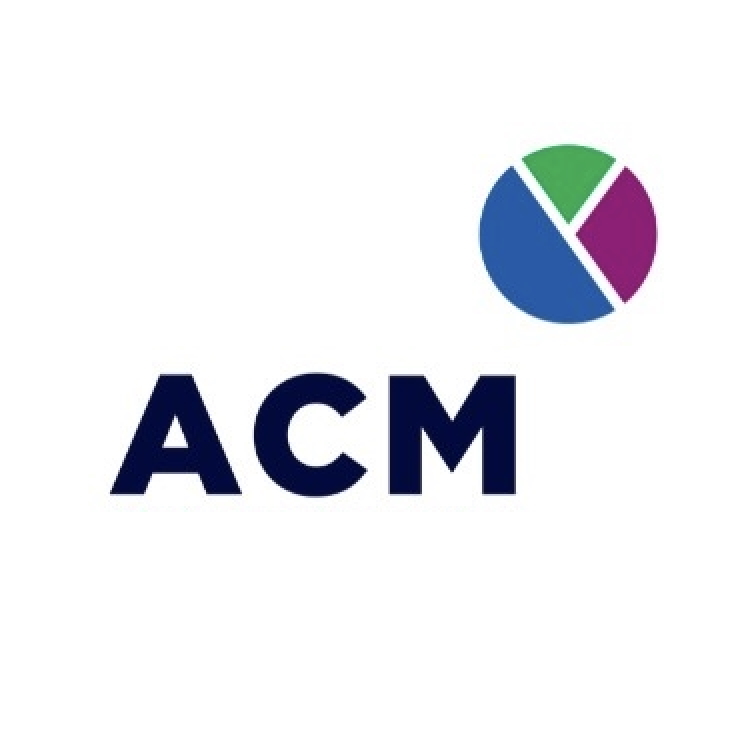
The Strategic Plan: Your Compass for 2025 and Beyond
In today’s competitive business environment—characterized by rapidly changing markets and ever-increasing consumer expectations—it is crucial to have practical management tools. A strategic plan enables you to address your company’s new challenges starting in 2025 and beyond. This powerful tool defines your business objectives and brings together the levers you need to activate to achieve them.

What Is a Strategic Plan?
As its name suggests, a strategic plan is an essential planning tool for the smooth operation of a company or organization, regardless of its size, industry, or mission. This clear and structured roadmap defines the desired direction for your company over the medium or long term.
A strategic plan is designed to:
- Show the path toward achieving your organization’s goals,
- Provide a clear vision for your business over a period of up to 10 years. However, many experts recommend creating a plan that covers only 2 to 3 years, with annual adjustments based on a thorough strategic analysis of market trends, as of 2025.
- Serve as a detailed plan that helps you make the right decisions by narrowing the gap between your company’s current situation and its future ambitions,
- Act as a unifying tool for stakeholders, fostering communication and team cohesion around a shared vision.
An effective strategic plan, especially for 2025, should be:
- Realistic and adaptable: it considers the changing market environment,
- Simple and straightforward: it makes understanding and team buy-in easier,
- Dynamic: it is not fixed and must be reviewed regularly.
Why Is Your Strategic Plan Essential?
Having a strategic plan is a critical step for many reasons, especially in an increasingly uncertain and competitive environment. It provides unique advantages such as:
- Improved performance and optimization of internal processes and profitability,
- Better allocation of resources to the most critical areas,
- More informed decision-making, with clarity on priorities, reducing uncertainty,
- A long-term vision to anticipate trends and position your company favorably in the market, ensuring stronger resilience to crises,
- Stronger employee engagement, since a well-defined plan gives staff a sense of direction and motivation,
- Sustainable business growth by identifying opportunities and threats, and by developing actions to capitalize on them profitably.

Turning to external expertise, such as ACM Canada, during the development of your strategic plan is often more effective. A consultant provides an objective outside perspective, helping to uncover new development paths, identify potential blind spots in an inward-looking vision, and propose tailored solutions.
How to Build an Effective Strategic Plan in 2025?
Launching and developing a strategic plan requires the full contribution of the organization’s key stakeholders—not just the business owner. Here are the five key steps to creating an effective strategic plan:
1 – Engage your team and define your strategic directions.
- A successful strategic plan relies on the involvement of your employees. Organize collaborative workshops to gather their ideas.
- The foundations of a plan must necessarily begin with an interview or focus group to jointly define your company’s mission, vision, and core values. The vision statement is a broad description of your strategy and summarizes your company’s aspirations for the future.
- This step is crucial for mobilizing and uniting every participant around a shared vision.
2 – Analyze your current situation.
- Before moving forward, it is essential to assess your current positioning by conducting a comprehensive review of the organization’s internal and external context.
- This analysis should include your past achievements, financial and commercial performance, as well as market trends and the competitive environment.
- Recommended analysis tools include:
- SWOT analysis to identify Strengths, Weaknesses, Opportunities, and Threats,
- Porter’s Five Forces to assess your competitive environment,
- McKinsey’s 7-S Framework (skills, style, strategy, staff, structure, systems, and shared values),
- PESTEL analysis to identify external or macroeconomic factors that may affect your organization (political, economic, social, technological, environmental, and legal).
| Political | Economic | Sociocultural | Technological | Environmental | Legal |
|---|---|---|---|---|---|
| Political stability | Economic growth | Demographics | Technological innovation | Environmental regulations | Labor laws |
| Fiscal policies | Interest rates | Culture and social norms | R&D | Climate change | Competition laws |
| Trade regulations | Inflation | Education | Automation | Waste management policies | Data protection regulations |
| Government subsidies | Exchange rates | Lifestyles and trends | Internet penetration rate | Sustainable development practices | Product safety standards |
| Health and safety policies | Unemployment rate | Health awareness | Emerging technologies | Ecological awareness | Intellectual property rights |
3 – Define Your Vision and Strategic Objectives
- Set clear and achievable objectives based on your analysis.
- Strategic objectives are the cornerstone of the plan; they must flow directly from the long-term vision and define the key outcomes needed to turn that vision into reality.
- These objectives should be SMART (Specific, Measurable, Achievable, Realistic, and Time-bound). They explain how your company will bridge the gap between its current situation and the envisioned future goal.
4 – Build an Action Plan and Implement Your Strategy
- An effective strategic plan relies on concrete actions and clearly defined responsibilities: identify who does what, when, and how.
- Your action plan can take the form of a table detailing responsibilities, timelines, and key performance indicators (KPIs) for each measure implemented. Financial indicators, such as tracking sales performance, allow you to monitor revenue trends and identify positive or negative patterns. Customer satisfaction indicators are another key metric, helping measure client feedback and pinpoint areas to improve your strategy.
- This section can also include financial projections and the allocation of resources and budgets needed to achieve the strategic objectives.
5 – Monitor, Evaluate, and Adjust Your Strategy
- Regular monitoring of your strategic plan is essential to ensure its success.
- Schedule periodic meetings (monthly or quarterly) to measure progress, identify obstacles, and adjust strategies as needed.
- Your plan must be concrete and dynamic, evolving in response to internal and external changes. Financial and customer satisfaction indicators, among others, can confirm the effectiveness of your plan.
How to Communicate the Strategic Plan to Employees
Effective communication is key to a strategic plan’s success. The strategic plan is an internal tool for employees, and it must be distributed, shared, consulted, and used wisely by the team.
To achieve this:
- Avoid technical jargon and use simple, easily understandable language.
- Present the plan in a PowerPoint format, which conveys information clearly, visually, and in an easy-to-digest format.
- Hold periodic team meetings to discuss progress, monitor results, and celebrate successes, emphasizing listening, support, and collaboration.

One of the most common mistakes is poor communication: a strategic plan becomes ineffective if teams do not understand it or engage with it. The communication of the plan can also be personalized to motivate the recipients better. For example, highlight career opportunities and individual impact on the plan’s success for employees, while emphasizing potential synergies and collaborations for partners.
Common Mistakes to Avoid in Strategic Planning (Especially in 2025)
- Lack of flexibility: A plan that is too rigid cannot adapt to market changes.
- Unclear objectives: Poorly defined goals lead to a loss of direction.
- Poor communication: A strategic plan becomes ineffective if teams do not understand it or engage with it.
- Lack of follow-up: Without regular evaluation, it becomes difficult to achieve objectives and adjust the strategy accordingly. Monitoring progress, identifying obstacles, and changing the plan as needed are essential. Project management tools like Trello or Asana, to name a few, can help you effectively track and implement a strategic plan.
- Ignoring new trends: Digital transformation and economic changes require continuous adaptation.

Conclusion
The strategic plan is a dynamic tool that must evolve to remain relevant. By regularly reassessing it and adjusting it to new opportunities and emerging challenges, you ensure a clear and shared vision of the future. This approach allows you to anticipate changes, allocate resources efficiently, and rally your team around a common project, ensuring sustainable growth. With the guidance of ACM Canada, prepare your business for the future today by establishing an effective strategic plan.




